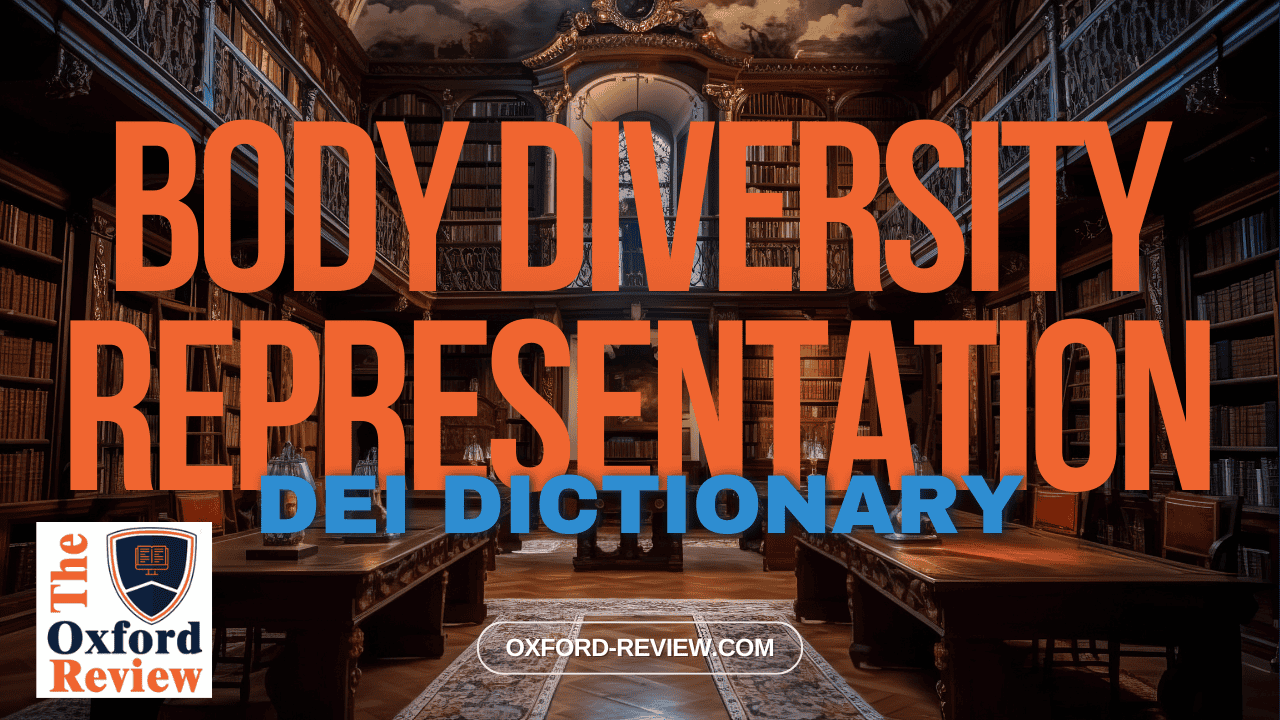Body Diversity Representation – Definition and Explanation

Embracing Body Diversity Representation: A Crucial Step Towards Inclusive Representation
In the realm of Diversity, Equity, and Inclusion (DEI), one crucial aspect often overlooked is Body Diversity Representation. This term encapsulates the fair portrayal and inclusion of individuals with diverse body types across various platforms, media, and industries. Understanding and implementing Body Diversity Representation is not just about showcasing different body shapes and sizes; it’s about fostering a culture of acceptance and celebration of all bodies.
Definition:
Body Diversity Representation refers to the conscious effort to showcase a wide range of body types, shapes, sizes, abilities, and appearances across media, marketing campaigns, fashion shows, movies, TV shows, and other forms of visual and digital content. It aims to challenge unrealistic beauty standards and promote inclusivity by acknowledging and celebrating the uniqueness of every individual’s body.
Why Body Diversity Representation Matters:
- Promoting Inclusivity: By showcasing diverse bodies, Body Diversity Representation sends a powerful message of inclusivity, making individuals of all shapes and sizes feel seen, valued, and accepted.
- Challenging Beauty Standards: In a society inundated with unrealistic beauty ideals, Body Diversity Representation challenges these standards by normalising and celebrating diverse bodies, thereby fostering body positivity and self-acceptance.
- Enhancing Representation: Representation matters. Seeing people who look like us in media and advertising not only boosts self-esteem but also helps break down stereotypes and biases.
Example:
A notable example in the UK is the fashion industry’s shift towards inclusivity. Traditionally, fashion shows and campaigns predominantly featured models with a narrow range of body types. However, in recent years, there has been a notable push for inclusivity. Brands like ASOS, for instance, have embraced Body Diversity Representation by featuring models of various sizes and shapes in their marketing campaigns and on their website. This inclusive approach not only resonates with consumers from diverse backgrounds but also sets a positive precedent for the industry as a whole.
Conclusion:
Body Diversity Representation is not merely a trend; it’s a fundamental aspect of creating a more equitable and inclusive society. By embracing and championing diverse bodies in media, marketing, and beyond, we can challenge societal norms, promote self-acceptance, and pave the way for a more inclusive future where every body is celebrated and valued.
Be impressively well informed

Get the very latest research intelligence briefings, video research briefings, infographics and more sent direct to you as they are published
Be the most impressively well-informed and up-to-date person around...
